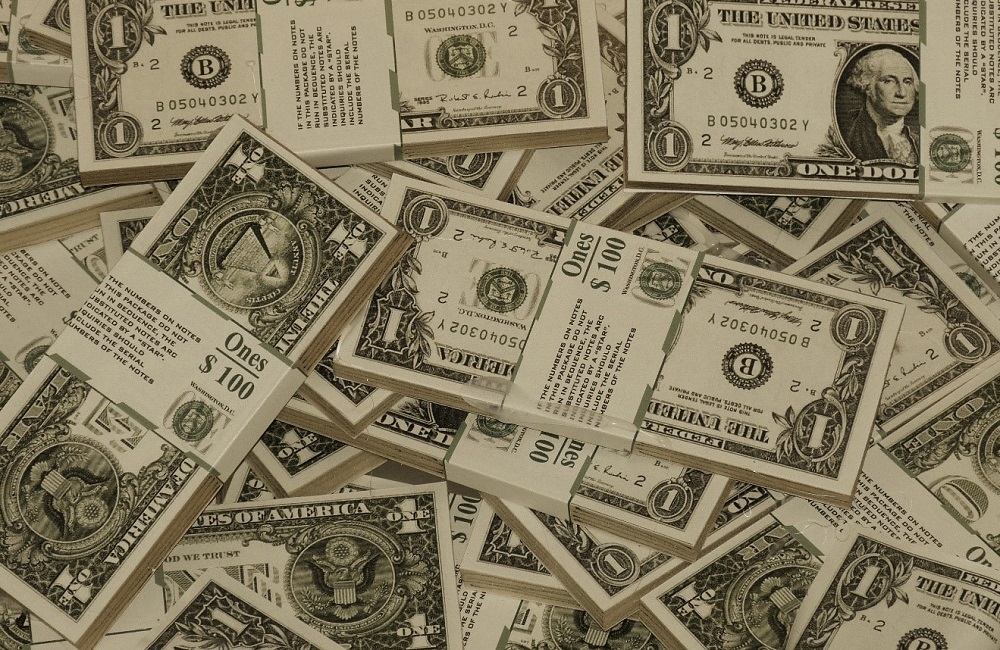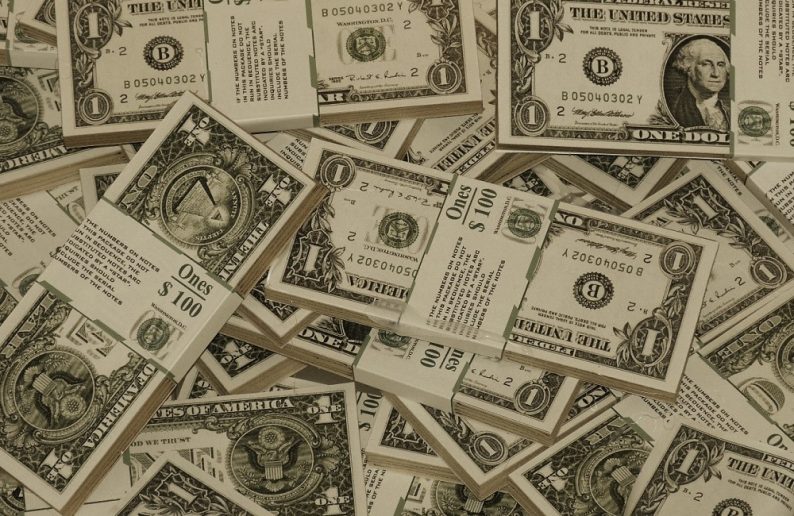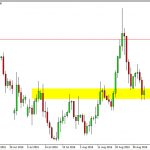Since the stock market started its period of dramatic ups and downs (sometimes fluctuating even 300 to 400 points in a single day), the number of people who ask me what they should do with their holdings has spiked tremendously.
Should I get out? Should I be in cash? Is the market going to crash? What does this mean? Is it safe?
The words change depending on the person, but the emotion is always the same: I’m scared and I don’t understand enough about what I own to know what to do.

Despite years of education efforts to get small investors to set realistic risk parameters, own only what they understand, plan for sell-offs, prepare themselves mentally for the tough times and stay put… no one does any of these things.
What we do instead is we wait for the market to prove yet again that, yes, it does go up before we buy. Then we wait for the bottom of a tough day and sell, almost always at a loss.
And then we sit, frozen in cash.
Which brings me to the subject of today’s piece: how much cash we hold.
Before all the gyrations took hold of the market (back when it was going straight up for what seemed like forever), Wells Fargo looked at the asset allocation for 940,000 households with $10,000 or more. The study compared the balance of cash to investments in their portfolios to that of the pros.
For anyone who has worked in the money world, there are no surprises here.
Boomers hold twice as much cash as professionally managed accounts do. Gen Xers and millennials both have about three times the cash the pros think they need.
To be perfectly honest, after 28 years of working with the average person and their money, I know these numbers significantly underestimate current cash positions.
It’s the volatility in the stock market for the past month or so – and the panic-selling it has been driving – that is responsible.
We’re holding cash – lots of cash. Too much cash. A lot more than what the Wells Fargo survey is reporting.













Leave A Comment